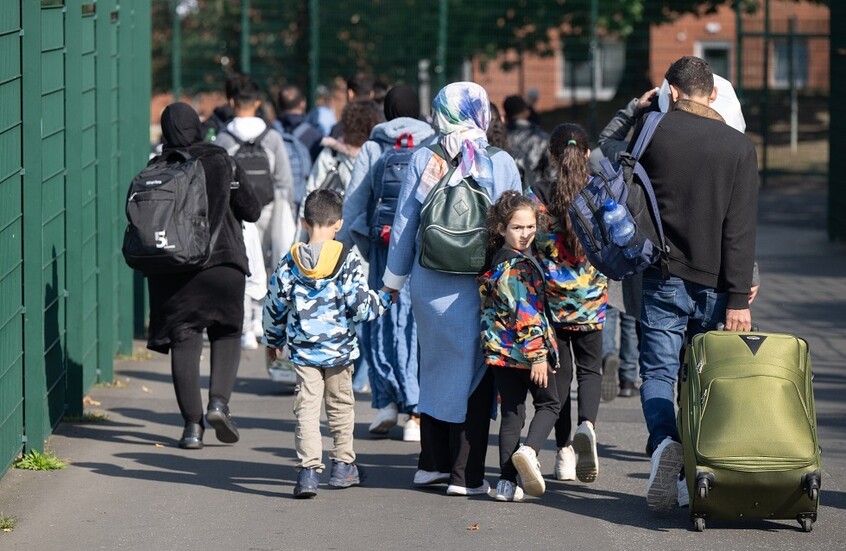Research conducted by the newspaper “Wilt” has shown that the majority of German states are unable to fulfill their promises to accommodate asylum seekers. Establishing new initial reception centers has become difficult due to the rejection of local residents, and the shortage of reception centers is expected to worsen during the summer. The research also revealed the inability of federal states to provide thousands of regular housing units for asylum seekers. Many ministries have stated that they face major obstacles in increasing their own capacity to accommodate asylum seekers.
The Federal Office for Migration and Refugees in Baden-Württemberg has declared a need for an additional 9,000 regular places in primary reception centers, given the current capacity of only 6,200 places. Similarly, Lower Saxony aims to add 7,500 new regular places, as it currently has only 3,808 available. In Mecklenburg-West Pomerania, the municipality requires 2,400 new regular places, with only 1,200 currently available. This shortage is also evident in Bavaria and Berlin.
Finding suitable locations poses a significant challenge for the states, exacerbated by legal hurdles, local resistance, and logistical complexities. Lower Saxony has been actively acquiring real estate since 2022 to expand its capacity for initial reception centers. The state emphasizes the crucial need for local support to successfully establish new shelter facilities.
The municipalities believe that the problem has been exacerbated by the failure of many European countries to fulfill their legal obligations to accommodate refugees. In most cases, these refugees are quickly sent to municipalities where there is a shortage of available places. Currently, the situation in these municipalities is relatively stable due to a decrease in the number of people coming to Germany. However, renewed bottlenecks are expected in the summer. The state of Saxony predicts a significant increase in numbers during this time, while Baden-Württemberg expects the number of asylum seekers to reach 210,000 annually until 2026. The state will base its decision on federal figures, as it is required to accommodate 27,300 asylum seekers each year, with a priority given to providing 15,000 accommodations.
According to the ministries involved in the study, there are 100,000 places available in reception centers across the federal states, but many of the most expensive ones are not suitable for long-term residence. Some serve as temporary emergency shelters, while others are primarily for initial steps like registrations and medical examinations. Despite the growing challenge of accommodating asylum seekers, most states provide sufficient places. For instance, Brandenburg currently offers 6,000 beds, demonstrating adequate capacity in certain regions.
According to Reinhard Sager, the head of the German local council, the local capacities of the states have become exhausted. In some cases, they are no longer sufficient. As a result, asylum seekers are being distributed among the provinces before completing the initial procedures or without hearings. This places a great burden on those responsible for the asylum seekers.





